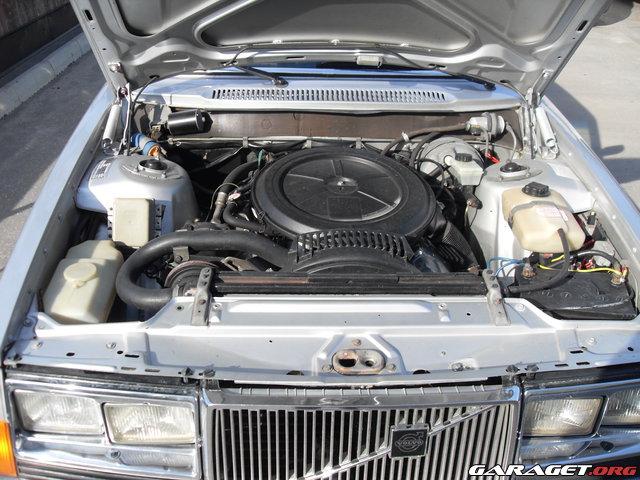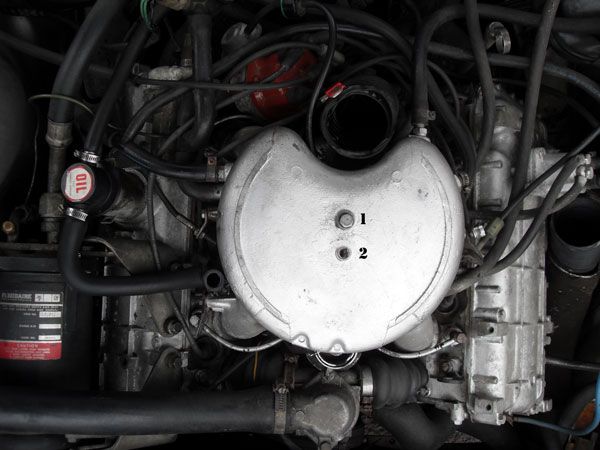jespersweden264
New member
- Joined
- Feb 12, 2012
- Location
- Stockholm
Hi everyone!
I want to lower the CO on my 264 -78. I have received a few tips and the best one came with a picture from a 264 -79. Unfortunately it does not look the same as mine does. Here follows some pictures and descriptions:
Here is the picture of the PRV6 in the 264 -79. Top is the screw for the CO and bottom the screw for the idle.

This is how my car looks under the hood with the air drum on.

This is how my car looks with the air drum taken off.

And this is a close up.
Number one is the screw that holds the air drum in place and also lowers the idle heavily when it is taken away. It sucks air. The car stops automatically after a while if the screw is not in place.
Number two is a plastic thing that can be pulled up and pulled down. I notice no change whether it is up or down. I have not tried to take it away.

Could someone please help me?
Thanks in advance!
Jesper
I want to lower the CO on my 264 -78. I have received a few tips and the best one came with a picture from a 264 -79. Unfortunately it does not look the same as mine does. Here follows some pictures and descriptions:
Here is the picture of the PRV6 in the 264 -79. Top is the screw for the CO and bottom the screw for the idle.

This is how my car looks under the hood with the air drum on.

This is how my car looks with the air drum taken off.

And this is a close up.
Number one is the screw that holds the air drum in place and also lowers the idle heavily when it is taken away. It sucks air. The car stops automatically after a while if the screw is not in place.
Number two is a plastic thing that can be pulled up and pulled down. I notice no change whether it is up or down. I have not tried to take it away.

Could someone please help me?
Thanks in advance!
Jesper
